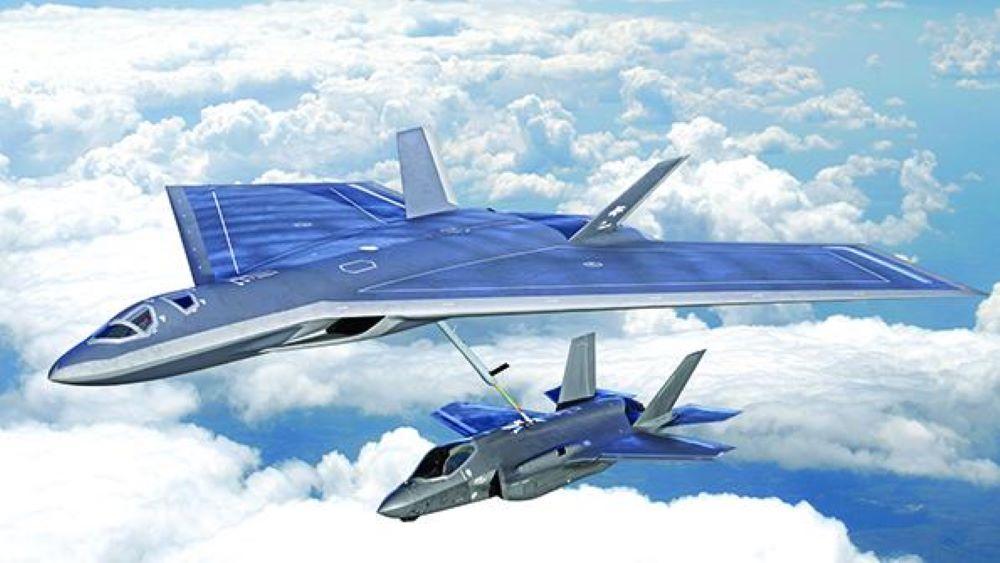
A Lockheed Martin rendering of a potential future refueling tanker.
Credit: Lockheed Martin
The U.S. Air Force is looking at a new acquisition approach for its future tanker, trying to increase its outreach to industry ahead of new requirements. The service on Sept. 13 released a controlled request for information (RFI) for the mission systems for its Next Generation Air-refueling System...
Subscription Required
New USAF Tanker Solicitation Shows Changing Acquisition Approach is published in Aerospace Daily & Defense Report, an Aviation Week Intelligence Network (AWIN) Market Briefing and is included with your AWIN membership.
Already a member of AWIN or subscribe to Aerospace Daily & Defense Report through your company? Login with your existing email and password.
Not a member? Learn how you can access the market intelligence and data you need to stay abreast of what's happening in the aerospace and defense community.





